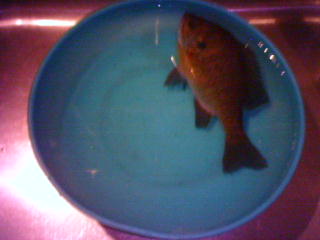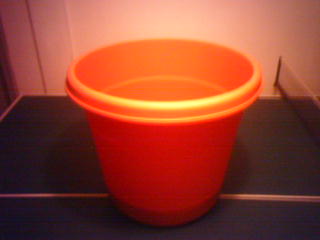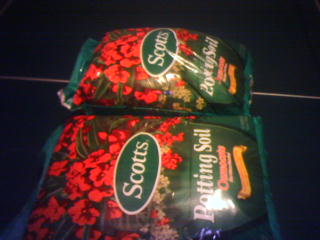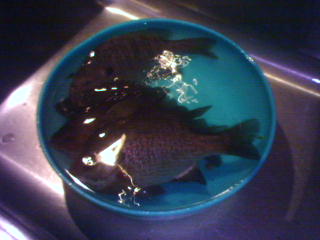Saturday was the perfect day to start off my garden this year.
Potatoes:For the organic container grown potatoes, I used 3 layers of mixtures in each container. The multilayering nature of these containers is needed to simulate basic soil structures in this region of the country.
1. 5 cm of gravel at the bottom of the bucket for drainage. The gravel serves as a barrier to retain valuable organic nutrients and soil run off while allowing for the flow of surplus water out of the container.
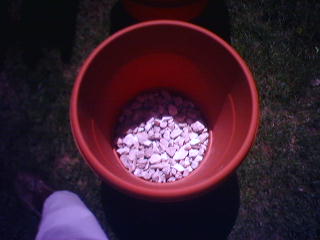
2. 10 cm of peat soil for moisture retention. The peat soil must hold a certain amount of water to keep the potatoe plants moist during the periods between watering. However, any amount of water over that holding capacity would simply flow through the gravel layer.
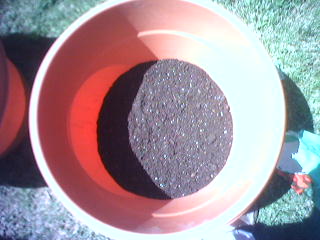
3. 25 cm of compost/topsoil mixture holding exactly 2 chitted potatoe buds.
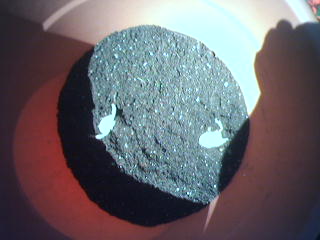
Each of my 10 gallon containers holds exactly 2 chitted buds. The process of chitting greatly increases the yield of each potatoe plant as well as shortening the duration of the growth cycle. Basically, you let pieces of potatoes sit out in the sun in a warm dry place for between 3 to 4 weeks. Roots would grow out of each bud. These chitted buds are thus planted and a quick watering applied to kick off the growth process.
String Beans:Growing String beans requires a few back-breakingly tedious steps.
1. A good sized patch has to be dug out and the soil broken down to at least 15 cms deep. This process took an hour of hard digging and tilling.
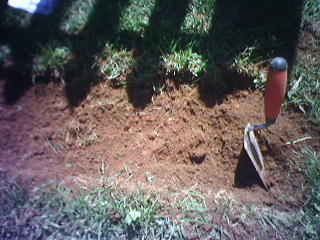
2. After tilling is complete, weeding begins. Manually, I extracted all the deep grass and weed roots from the garden bed. Harmful root eating insects were killed where found, helpful earth worms were left in place. After this step, the bed of loose topsoil was mixed with equal parts of organic compost.
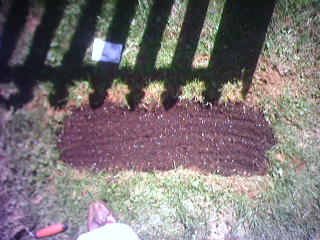
3. String bean seeds were buried 4 cm deep into the bed at intervals of 3 cm apart. A good watering was given to kick off the growth season.
I have my baby tomato plant growing inside of the house, next week, I'll expand the patch to accomadate the tomato section.
